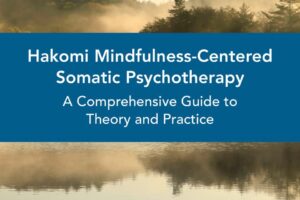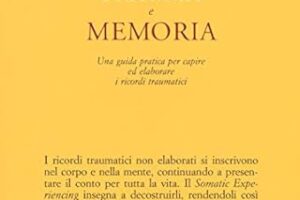HANDBOOK of PTSD Science and Practice
Widely regarded as the definitive reference, this handbook brings together foremost authorities on posttraumatic stress disorder (PTSD). The second edition reflects major research advances and the new diagnostic criteria in DSM-5. The dissociative subtype of PTSD, child assessment, couple and family therapies, and group treatments are examined. Other new chapters look at Internet-based interventions and tele-mental health technology. Also explored are the latest advances in research design and analysis, and the implementation of best practices. Diagnostic, conceptual, and treatment issues are reviewed in depth. The volume examines the causes and mechanisms of PTSD on multiple levels, from psychological processes to genes and neurobiology. After providing a historical overview of the development of traumatic stress studies, the book presents major scientific foundations and theoretical perspectives regarding psychological trauma and PTSD. Risk and resilience processes are addressed across development and in specific populations. Degenerative and traumatic brain injury, neuroplasticity, and neurochemistry are also considered. The section on clinical practice offers the latest information on evidence-based assessment and treatment approaches, from psychosocial treatments to pharmacotherapy. Trauma exposure and physical health, cultural expression of posttraumatic syndromes, and forensic issues are also discussed. Throughout, methodological considerations, the current state of the art, and challenges for the future are emphasized. The final section covers promising emerging interventions, including public health approaches. The integrative concluding chapter identifies key unanswered questions with important implications for science and practice. Authoritative and comprehensive, this timely handbook belongs on the desk of all those who study PTSD or treat trauma survivors in any setting. It is essential reading for clinical psychologists, psychiatrists, social workers, nurses, and clinicians and researchers in related fields, and will serve as a core text in graduate-level courses.



